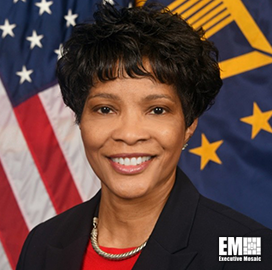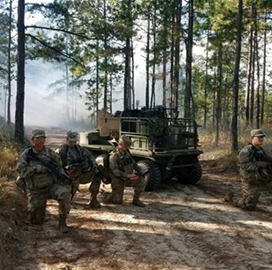NASA has earmarked $14M in grants through the second phase of the Small Business Technology Transfer program to support 19 projects that aim to speed up the agency's science, aeronautics, space technology and human exploration efforts.
Seventeen companies will secure up to $750,000 to build and demonstrate their Phase I proposals, NASA said Wednesday.
The awardees explored the feasibility of their proposals during the initial phase of the STTR program and were selected based on various criteria such as technical merit and facilities.
Multi3D Inc., H2O Insights and Plasma Processes are among the small businesses chosen by the agency for Phase II. NASA's Ames Research Center manages the STTR program.






